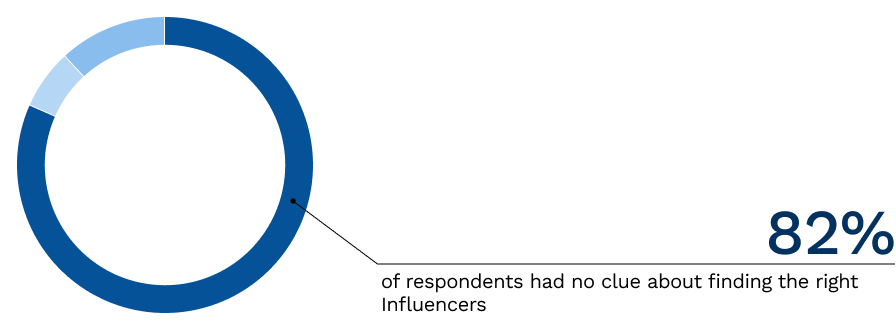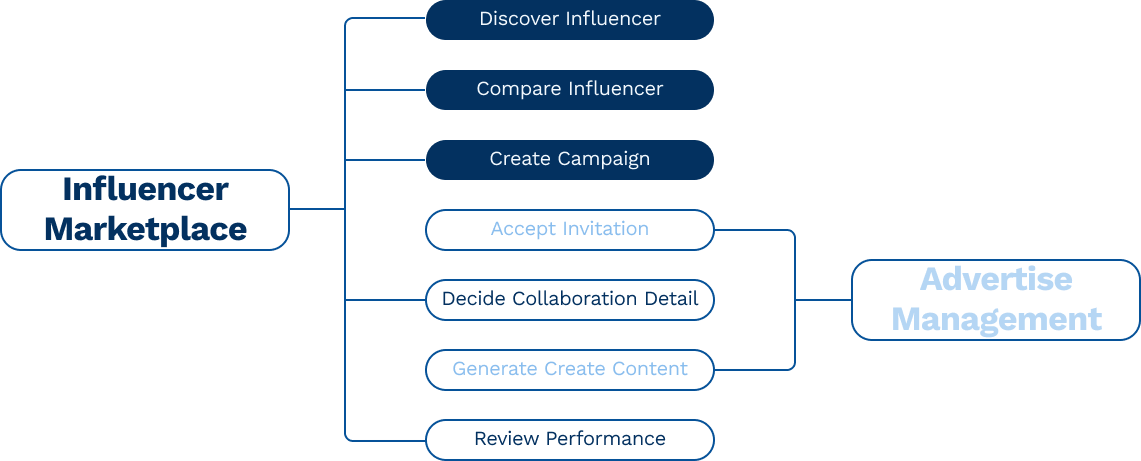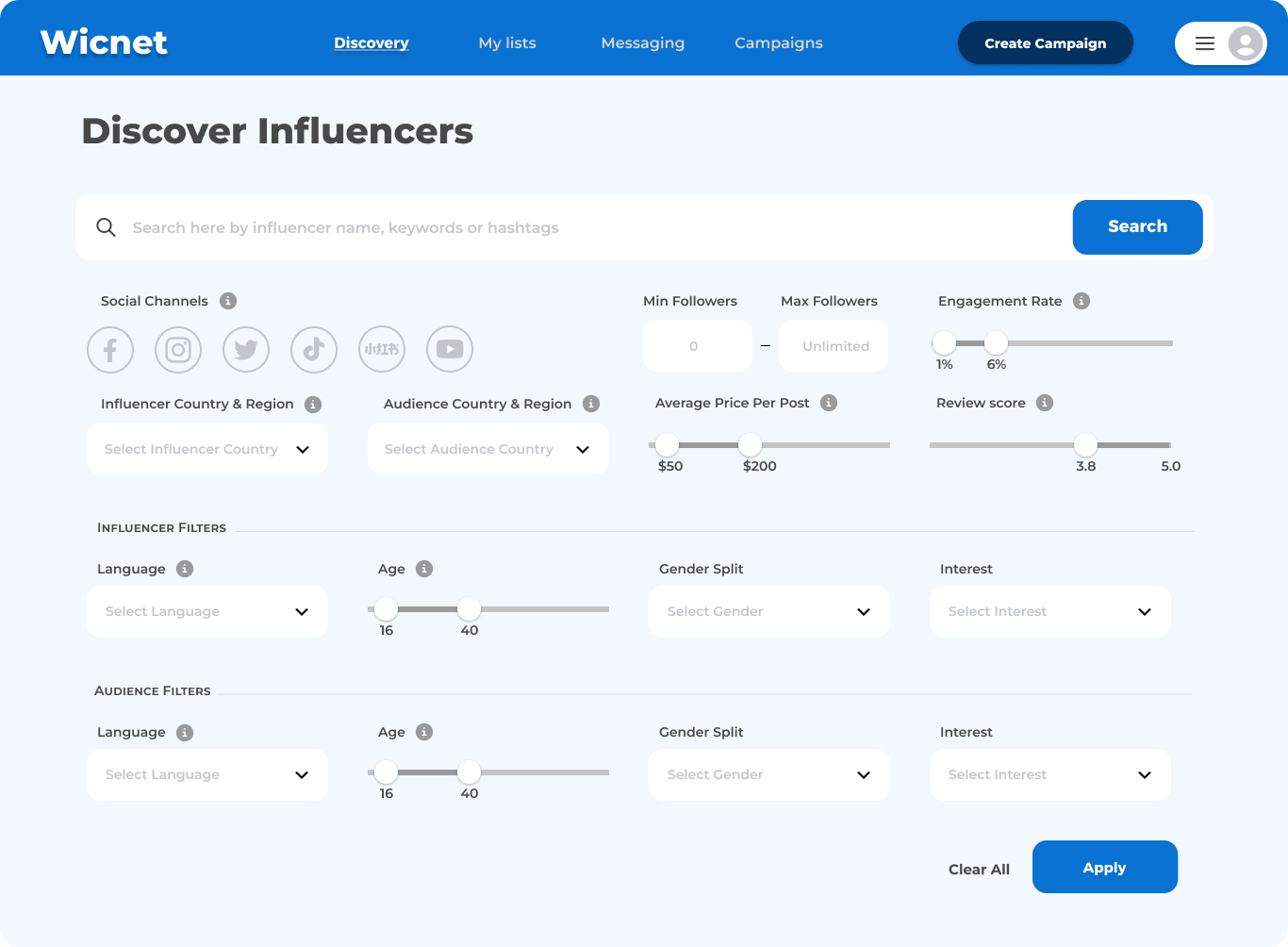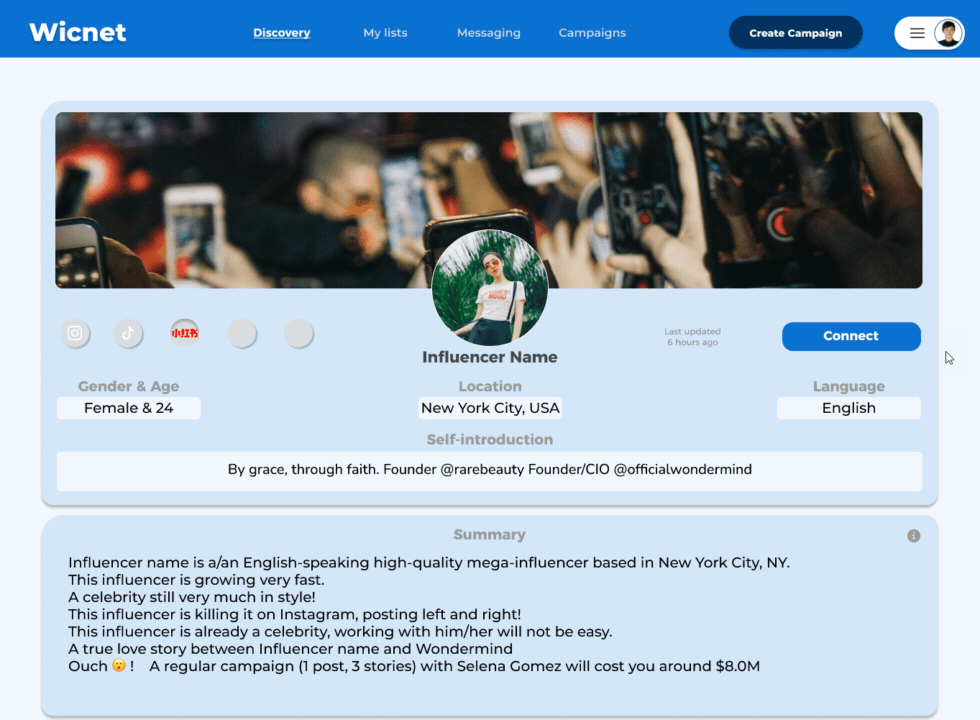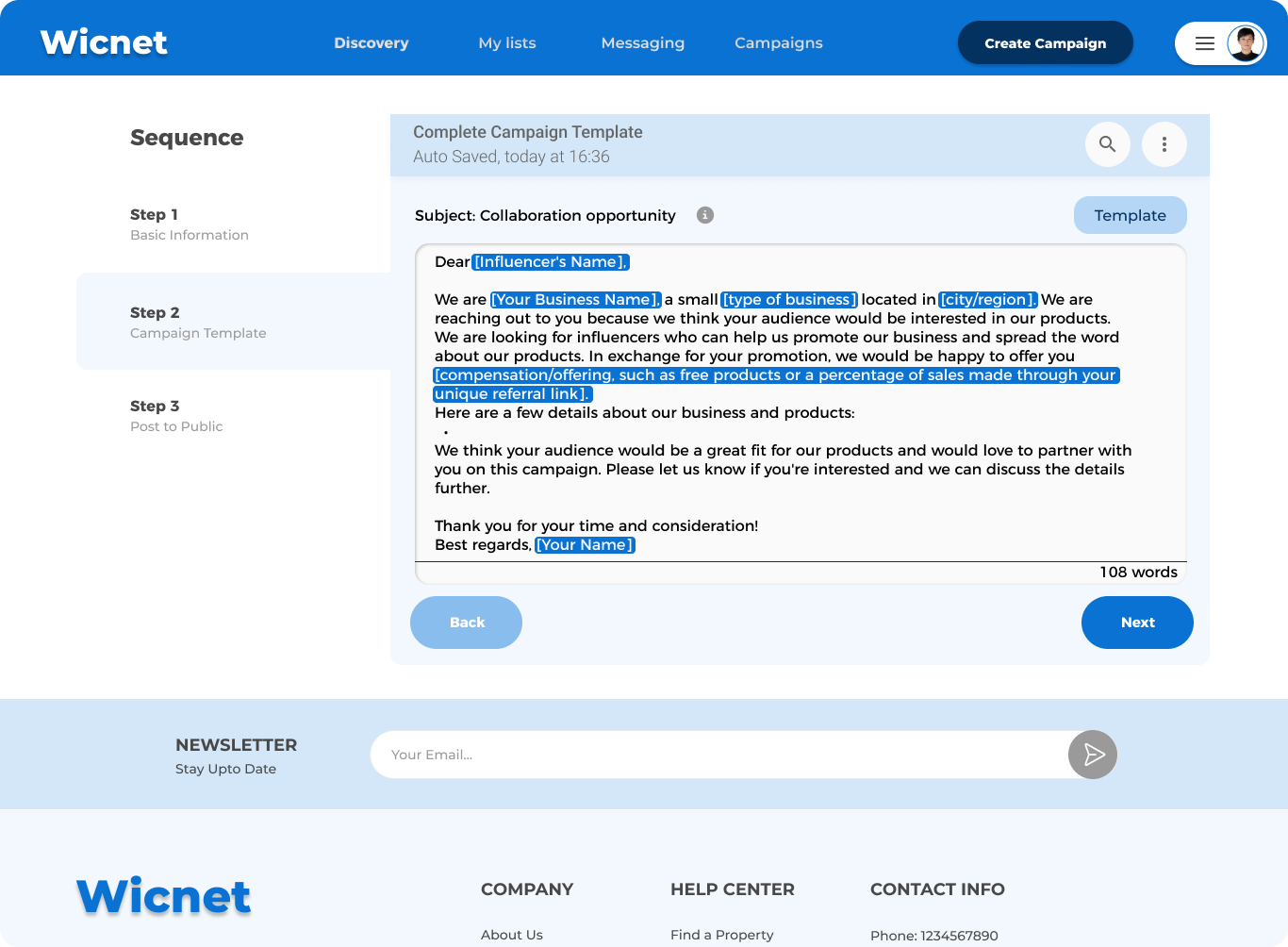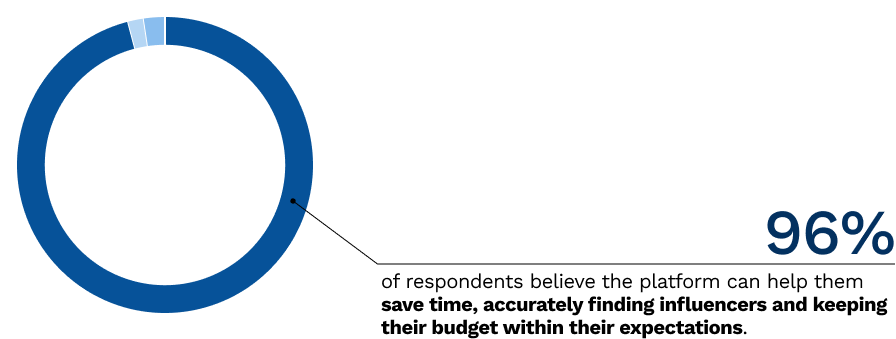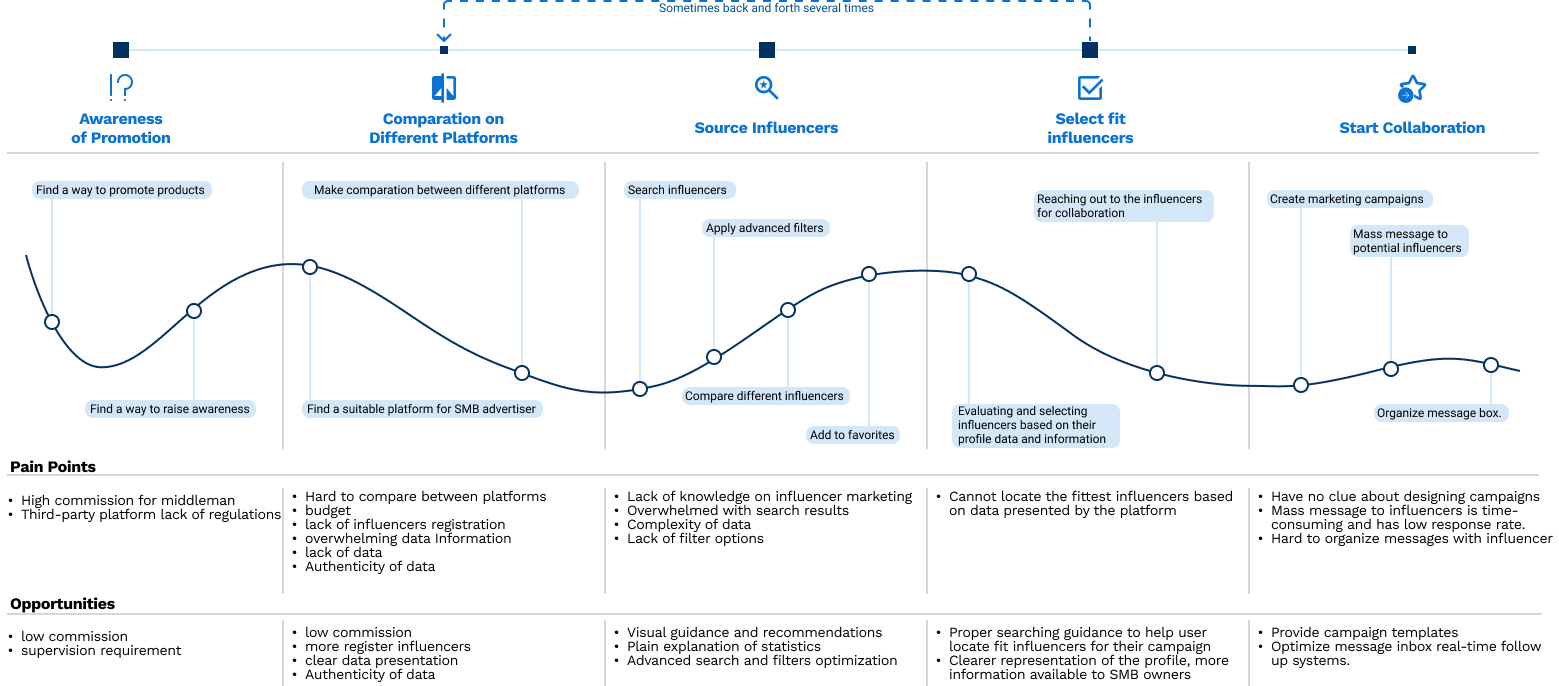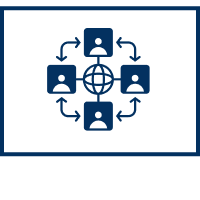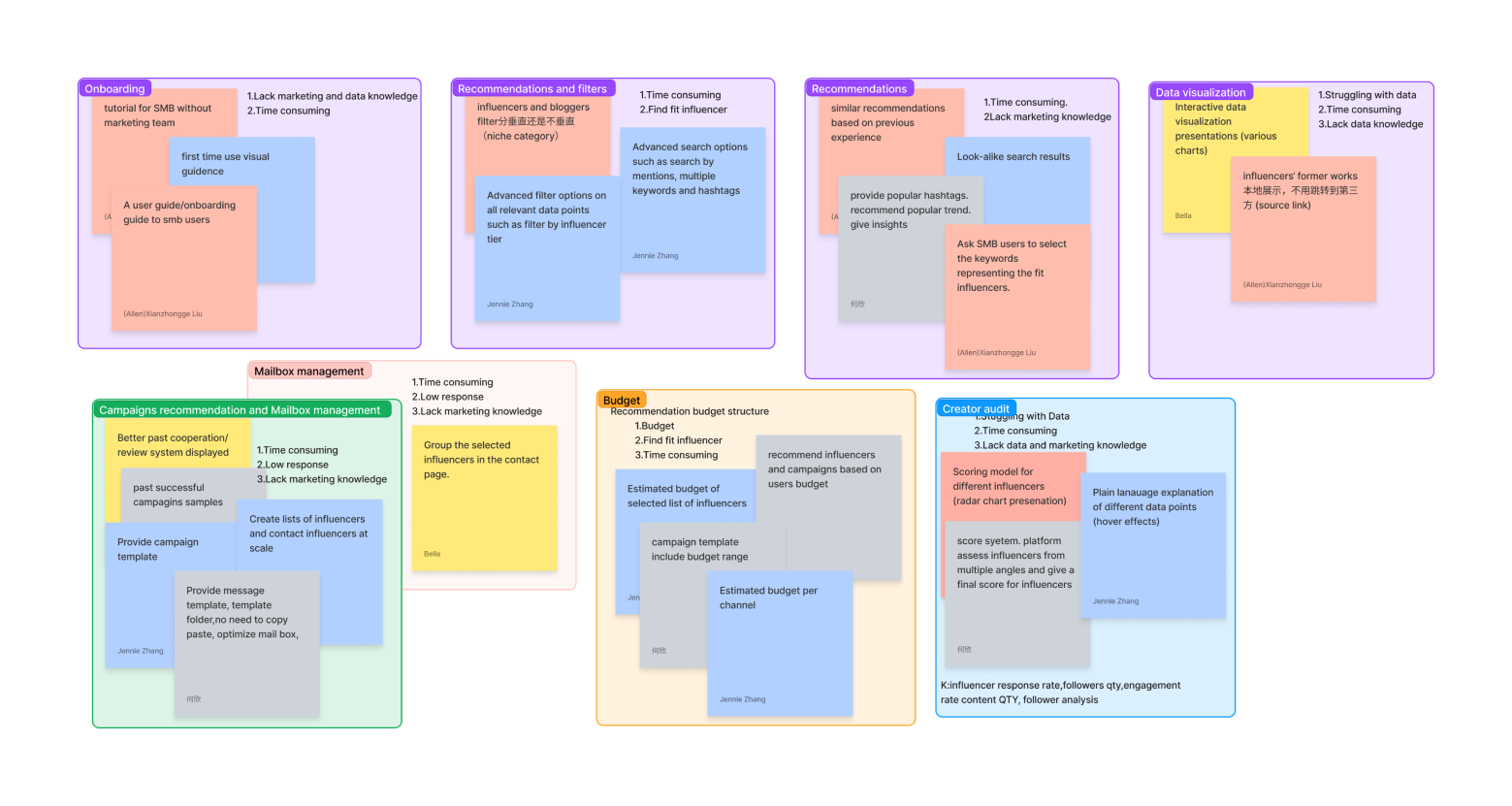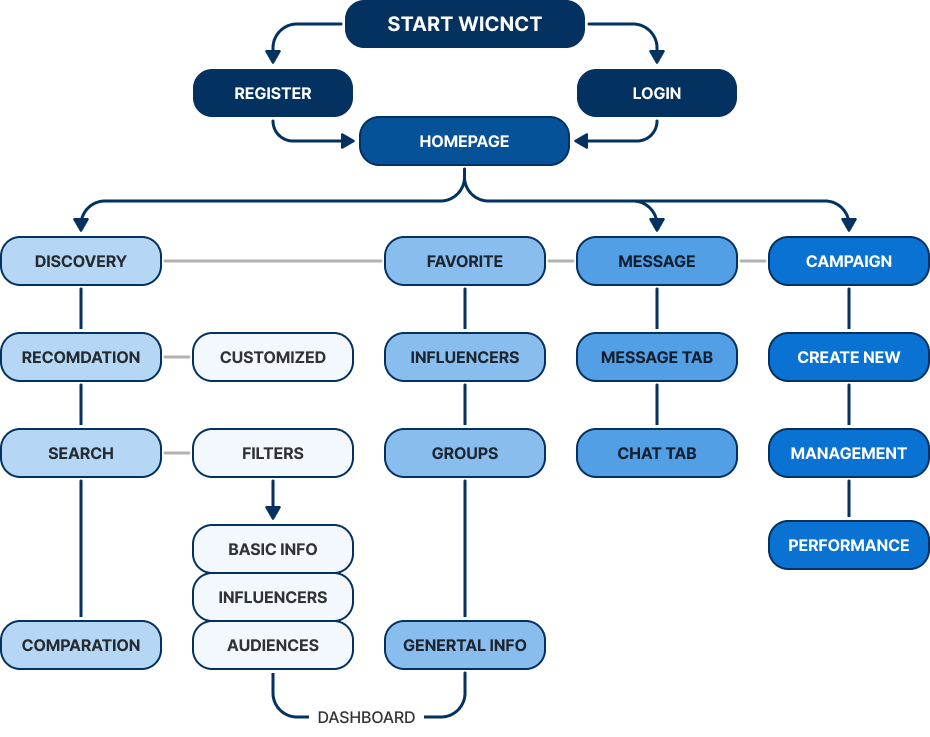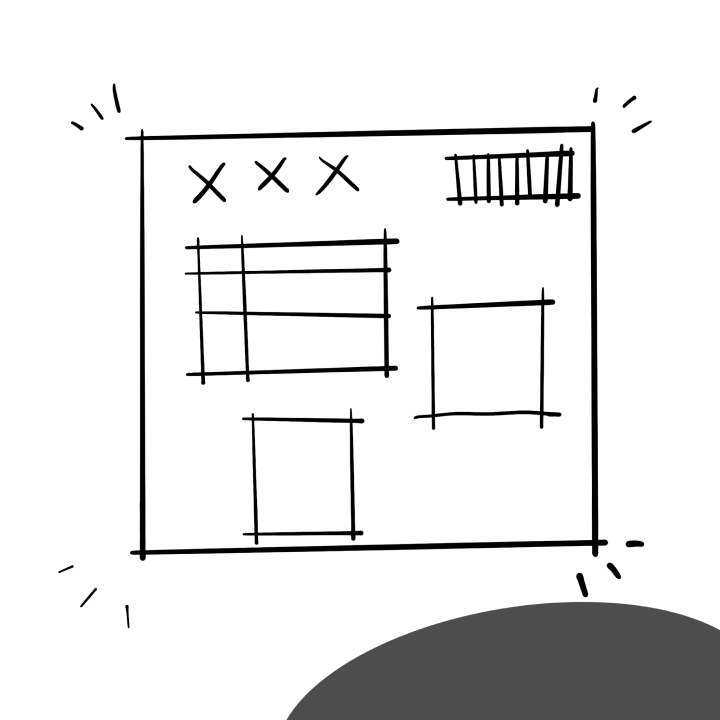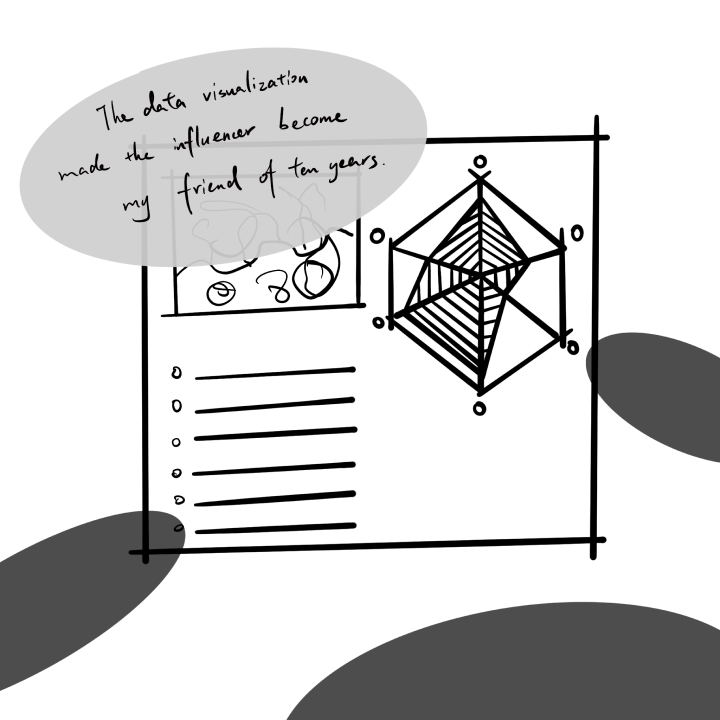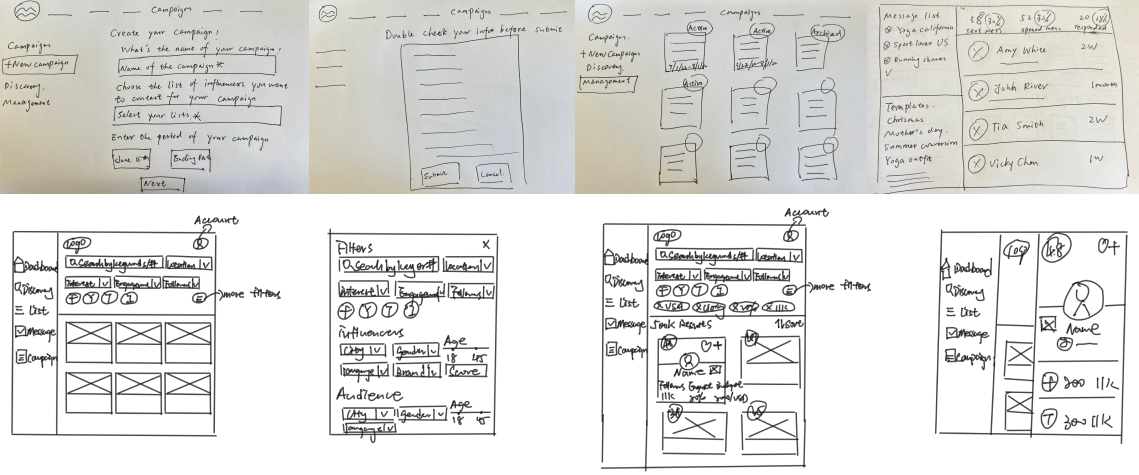
Wicnet is an effective influencer marketing platform that helps Small Business advertisers to find the right influencers in a timely and affordable manner.
Basic Information
My Role
Research, Paper Prototyping, Low-fi Prototyping, Design Systems, Hi-fi Prototyping, Information Architecture, Interaction Design, Motion Design, Photography & Videography
Tools
Sketch, Figma, Photoshop, Illustrator, Hand sketch
Team
Xianzhongge Liu, Katrina He, Jennie Zhang
Duration
12 Weeks
Location
RISD
Date
May 2022 - July 2022
Context
Influencers can use their social media influence to promote a business' brand or product.
01 Background
Influencer economy is essentially a kind of business model, is a purposefully targeted precision marketing method, mainly refers to the influencers themselves or the manipulators behind the Influencers use their public influence and popularity, take certain cash channels to obtain economic benefits, its scope can be extended to the entire industrial chain with influencers as the core.
Three stakeholders get involved in the cooperation process.
02 Stakeholders
There are three different stakeholders in the process of finding influencers to cooperate with:
Influencer, Small Business Owner, MCN Broker / Platform.
Who can offer their social media influence to promote a SMB's brand or product.
Influencer
Who has to find influencers to offer an advertisement which matches his brand or product.
Small business owner
Who act as middlemen for SMB owners looking for Influencers.
(Usually, a high cost involved)
Broker / Platform
Challenge
It's hard for SMB owners to find influencers who match their brand or product
Currently, the Influencer economy is a common form of advertising for business owners.
However, large enterprises with professional marketing teams can spend plenty of time and money to find the right Influencers for them.
But SMB owners don't have the marketing expertise, the money and the platform to find the Influencers who match their brands or products.
According to the survey results of my team on SMB owners, almost all SMB owners have the need for promotion.
Most SMB owners believe that they cannot effectively find the right influencers, and some successful experiences with influencers are just coincidences.
Almost all SMB owners will not pay high fees to high-end promotion platforms to customize marketing plans, and they prefer to work directly with influencers to reduce costs as much as possible.
The way most SMB owners find influencers is by searching for them on different social media and sending them private messages on social platforms.
Solution
An effective influencer marketing platform for SMB owners / Broker
In the current era of the Influencer economy, many SMB owners still can not efficiently and correctly find Influencers who match their brand or products.
Based on the above data, my design team came up with the idea of a platform for SMB owners and MCN brokers, focusing on the Influencer market.
The platform can provide users with a large selection of influencers, detailed search criteria for users to narrow their search scope, a concise and clear dashboard to comprehensively display the various data indicators of influencers, and chat tools to directly connect with their favorite influencers.
Key Feature
01 Advance search filters
Accurately find the right Influencer
02 Detail dashboard
Get a full understanding of Influencers
Be professional to connect with Influencers
03 Campaign template
Impact
A significant change for SMB marketing
The final user test with different kinds of SMB owners showed that:
88% didn't have an exact date in mind, and 96% said the new platform would help them.
80% of people had no idea about the specific meaning of influencers’ data, and 96% of them thought they understood the knowledge through this platform.
From
To
Design Process
The design process consists of Three phases:
1. Research 2. Ideation 3. Development & Iteration.
1 Research:
Throughout creator & advertise background, primary and secondary research, our team defined our design questions about the difference between marketing for large companies and advertising for SMB owners and narrowed the scope to advertise marketplace for SMB owners.
2 Design:
After our team learn from the way that platform for large companies works, we spent months iterating our design, and by designing products, we have grown a deeper understanding of what design problems we should focus on exactly to improve the user experience within the whole process.
3 Development & Iteration:
After the first version was designed, some SMB owners did user testing for us. Based on their doubts and suggestions on the first version of the design, our team has made some updates after consideration.
Secondary Research
Nearly 90% of the promotion platforms use monthly or annual payments as the charging standard. The target users of the promotion platform are large enterprises with professional marketing teams.
Although there is no platform for SMB owners in the market at present, our team has learned about how current creator market advertising works from existing platforms (for large enterprises) workflow through research.
How the current creator market advertising works
Interview
User interviews of SMB owners, Influencers, and advertising teams from different industries
According to the interviews with different interviewees, our team not only understood the whole cooperation process, understand SMB owners’ prioritization and identify user’s pain points but also recorded the additional information that each interviewee wanted to tell us.
Goal 01
Understand the whole process
Goal 02
Understand SMB owners’ prioritization
Goal 03
Understand users’ pain points
Miss Zhou (Influencer)
“Middleman or platform charge a lot!”
“SMB owners and Influencers often disagree over cooperation issues.”
Mr. Li (Advertiser)
“Most of my Influencer advertises were much worse than expected.”
Mr. Zhou (E-Commerce owner)
“Finding the right Internet celebrity takes up almost half of my work time!”
Miss Zhang (The tea shop owner)
“Many Influencers' abilities don't match what they say about themselves.”
Miss Anna (Clothing shop owner)
“Selecting the right Influencers on my own is really a tiring process!”
Miss Lin (Music shop owner)
User Journey Map
A clear User Journey Map Identifies the Key Actions at Each Stage
To better draw insight from our interview, we used a user journey map to map out all the pain points that the interviewees mentioned.
Insight
After researching different aspects, we generate three insights.
01
SMB advertisers find it difficult and time-consuming to search for influencers that align well with their brand.
SMB advertisers were unfamiliar with influencer marketing. From the huge pool of possible candidates, they did not know which influencers would fit with their brand, and how effective they would be with their campaign, which makes it hard to develop an authentic and loyal relationship in long run.
Scouting for the right influencer is an overwhelmingly tedious process, as I always ended up with a lot of options and had no idea who would possibly be the best fit...
-Han Wang, Online clothing store owner
02
SMB advertisers often want to skip the platform to try to avoid extra platform fee.
Some interviewee brought up the limiting budget they can give to each influencer (especially those who want a large scale campaign), and sometimes there is no insurance of campaign quality. And not legal enforcements are given to ensure the security of payments.
I choose to find influencers on my own, and most of times I just do exchanges give the clothes to them. There are some platforms out there, but it is better to skip those due to tedious procedures and fees.
- a clothing store owner
03
SMB advertisers find it hard to verify data authenticity and track influencers’ previous campaign data performance.
SMB advertisers need support to evaluate influencers data performance includes data authenticity, data visualization, data diversity and data comprehensiveness to verify advertisers could find out the correct influencers for the campaigns.
I always scratch my head when I need to source influencers for my business. Because I don't know how to assess or predict the potential influencers performance of our marketing campaign...
-Wan, Small Makeup Business Owner
Problem Defining
Those pain points we generated came from the research that I just introduced. Based on this.
Our team converged our ideas into three separate concepts that tackled varying areas of the pain point we discovered.
Time Consuming, Budget Limitation, and Struggling with Data.
Design Goal
Search Influencers
1.Advanced search and filters:
By providing advanced filter options on all relevant data points. By providing more search options, SMBs can weed out all the irrelevant search results to their campaign.
2.Recommendations:
By giving them recommendations for influencers with similar statistics they can also benefit from the large set of influencers on the platform from the get-go and learn which metrics are relevant to them over time.
Select fit Influencers
1.Enough data and visualization:
Provide sufficient data types and data interpretation guides for SMB users, to make it friendly to businesses with less marketing experience.
2.Estimated time and cost:
Provide some data and insight from these influencers’ past collaborations with other patrons, including approximate price range and overall delivery time.
Create Campaign
1.Provide campaign templates:
Recommend some campaign templates according to their budget. In that case, SMBs could save more time and make full use of the budget.
2.Provide mass message templates:
We could design an efficient message inbox where SMBs could have access to mass message templates
3.Optimize message inbox systems:
Design a message box where advertisers could sort it out by different campaigns.
How might we design an effective influencer marketing platform which helps Small Business advertisers with less marketing experience to leverage data to find the right influencers in a timely and affordable manner?
Ideate
01 Brainstorm & Finalized ideas
We brainstormed 25 features for the creator platform and summarize these generalizations into several broad categories to develop after voting and thorough discussions because our team thinks those are the key features that better the experience for SMB owners to find and connect with fit influencers.
02 Optimize user flow
Those pain points we generated came from the research that I just introduced. Based on this.
Our team converged our ideas into three separate concepts that tackled varying areas of the pain point we discovered.
Time Consuming, Budget Limitation, and Struggling with Data.
03 Information Architecture
After further study of the user flow, our team came up with the basic information architecture.
Storyboard
Search Influencers with low-efficiency day and night
Have to deal with budget limitation
Struggle with a mass of data
Find Wicent
Recommendations in different fields
Clear hexagon data visualization easy to understand
Got a lot of reply emails
Wish a great cooperation
Prototype
01 Low fidelity
We first break down the behavior of SMB owners as users into several different steps, Onboarding and quickly acquiring basic marketing knowledge, searching and finding the right influencer, connecting with influencers you like, and starting the campaign.
Our team starts some drafts about low fidelity to match different information to each step.
02 Mid fidelity
Based on the ideate earlier by our team, I designed a set of low-fidelity prototypes, roughly dividing user behavior into 5 steps.
1. Onboarding.
2. Find influencers.
3. Comparison.
4. Connect influencers.
5. Check Campaign.
Finalized Design
After iteration, we turned the experience of using our Creator Marketplace platform into a more guided, automatic, and complete step-by-step experience.
01 On-Boarding
02 Search Influencers
03 Compare & Dashboard
04 Connect Influencer
05 Start campaign
Reflection
01 Takeaway
01 Narrow down design scope
Be aware of the time limit and prioritize the design problems. When the project scope is broad, we have a lot of fascinating ideas we want to realize, but with finite time, we have to decide what’s the biggest design problems and dedicate most of our time to them. In this project, my team agreed that addressing the critical pain points of our users (i.e., small business owners) was the primary goal, not providing them with a premium service and a beautiful website.
We have learned that sometimes former research/ design conclusions are refined by later ones. Even as a fresh starter in UX, we are familiar with the design process which usually consists of 4 stages: 1. Research, 2. Ideation, 3. development &4. iteration. However, only till we start doing a project, we learned that the 4 processes are not a linear development, it’s more like a cycle: at first, we want to make some changes to the current design center experience, however, we only specify the problem with the coming research. Even the development process helps us become more aware of the design problem we want to solve.
02 Design is not a linear process
02 Next step
to help users make easier decisions to better find fit influencers. During the research and interview, we have learned many frustrations the customers are faced with making decisions, at the same time, SMB owners in different fields have very different ideas about what it means to find the right celebrity. For example, those who only sell flutes have very different targets than those who sell various Musical Instruments.
01 Further develop more product features
Due to the time and budget limit in this self-oriented project, our project only focuses on how to improve the SMB owner’s experience by offering them a creator marketplace platform. However, the real process consists of other stakeholders, including brokers, influencers…. and fully satisfying their needs is also vital, so we hope we can develop our designs that work well for those stakeholders if possible.






